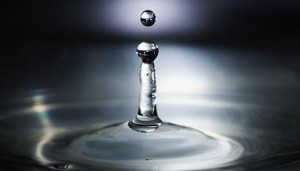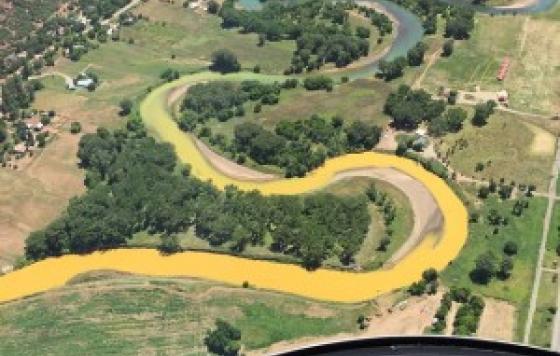From our friends at National Wildlife Federation
By Jan Goldman-Carter
Our nation’s investment in clean water began forty years ago with the 1972 Clean Water Act – a bi-partisan congressional commitment to end the flagrant pollution of rivers, lakes and coastal waters. Republicans and Democrats alike recognized that to clean up our rivers, lakes, and bays, we had to stop pollution at its source – upstream in the multitude of headwaters, wetlands, and small streams that store and filter water before releasing it downstream. Since its birth, the Clean Water Act has guided the clean up of America’s waters, rendering many of our waters once again safe for fishing, drinking and swimming.
Clean Water Act Faces Challenges
Murky Supreme Court decisions in SWANCC (2001) and RAPANOS (2006) and conflicting agency guidance are eroding the Clean Water Act and putting millions of acres of wetlands and streams at risk for contamination and destruction. Tributaries and wetlands that provide clean water to iconic systems like the Chesapeake Bay, Great Lakes and the Mississippi River Basin and Delta are at risk. These at risk waters supply at least some of the drinking water for 117 million Americans. These water bodies provide important fish and wildlife habitats that fuel local economies and support outdoor traditions across the country. As these resources are polluted and diminished, so are the tremendous natural and public health benefits they provide, including food, drinking water and flood protection.
As the Clean Water Act turns 40 this year, America needs to renew its commitment to clean water and a strong Clean Water Act so that we do not slide back into that time almost four decades ago when you could light a river on fire because of the pollution. Our waterways and wetlands should not be the dumping grounds for factory farm animal sewage, toxic mining waste and other health-threatening contaminants.
We cannot protect our drinking water or restore the Great Lakes, Chesapeake Bay, or Florida’s clear springs and bays unless we commit to strengthen, not weaken, the Clean Water Act. It is time for the Administration to move forward and sustain that legacy by restoring longstanding Clean Water Act protections for the Nation’s wetlands, lakes, and streams.
The Time for Action is Now
New guidance from the Administration will clarify which waters are protected under the Clean Water Act, removing confusion for landowners, conservationists and state and local agencies. Providing a stronger, clearer definition of “Waters of the United States” through new guidance and rulemaking is a policy based on commonsense and common ground between conservation and industry interests.
The Corps and EPA took a positive first step this year by submitting draft guidance for public comment. Their proposal respects the Supreme Court’s rulings and related science. The agencies received over 230,000 comments on the guidance. To protect America’s waters, in keeping with the Clean Water Act, this guidance must be finalized quickly. The agencies must also initiate a vigorous and transparent rulemaking process to clarify and reinforce the safeguards and scope of the Clean Water Act for landowners, developers, conservationists and state and federal agencies.
The Corps and EPA are now prepared to take final action –
but time is running out.
Clean water sustains lives and livelihoods and habitat for fish and wildlife. Renewing America’s commitment to a strong and effective Clean Water Act also strengthens our country, our quality of life and our commitment to our children and grandchildren.



